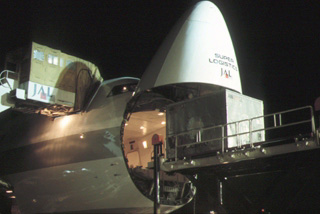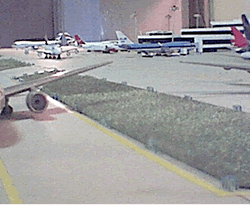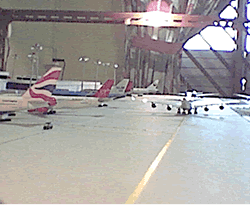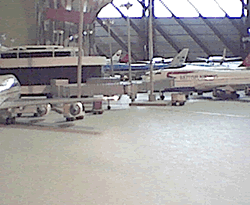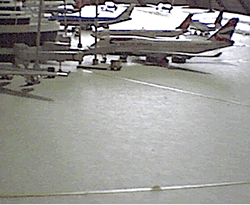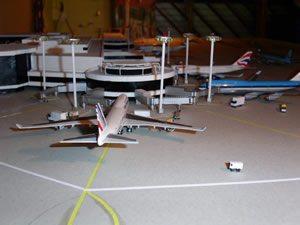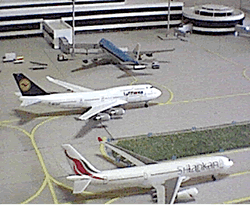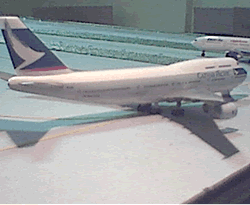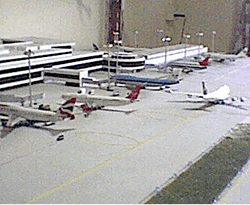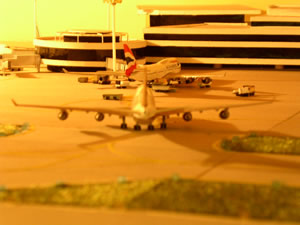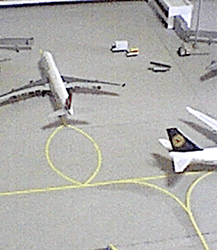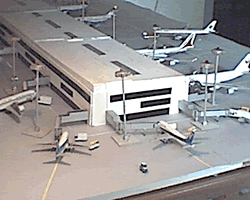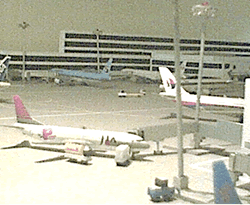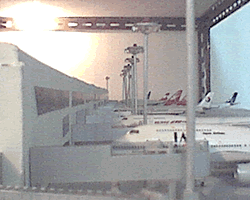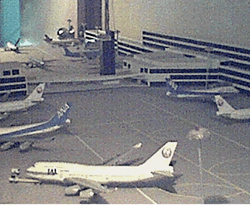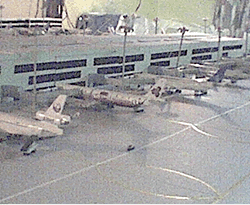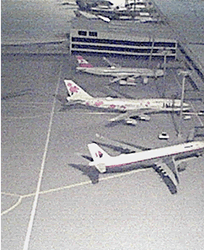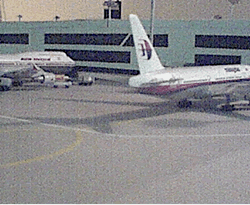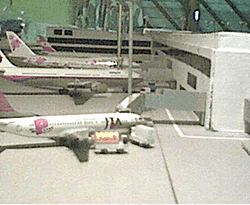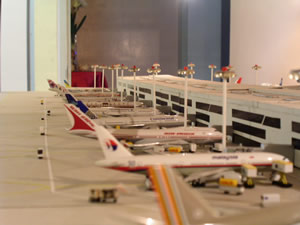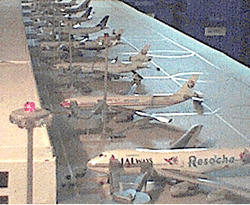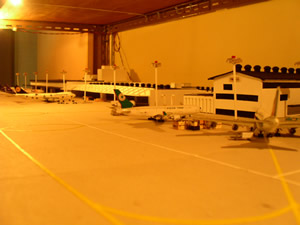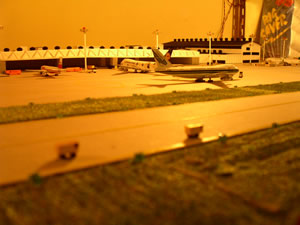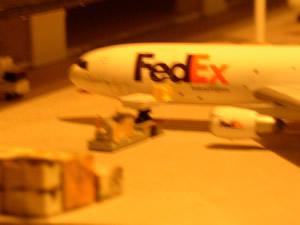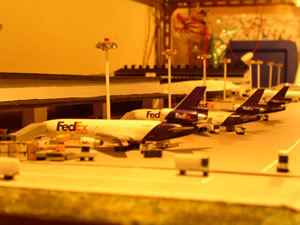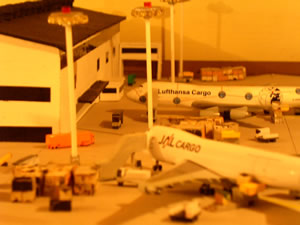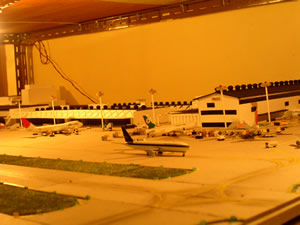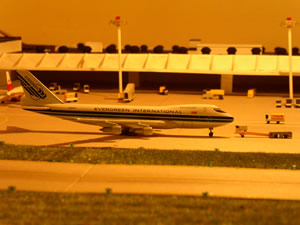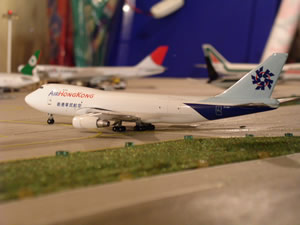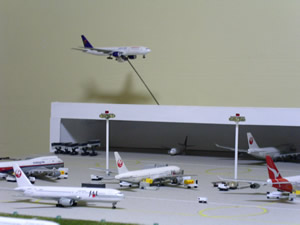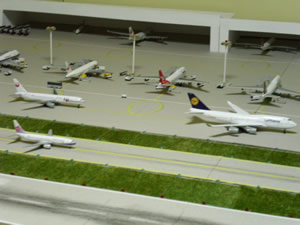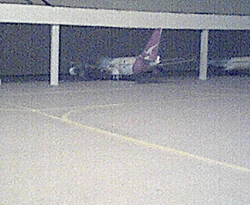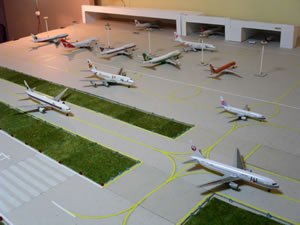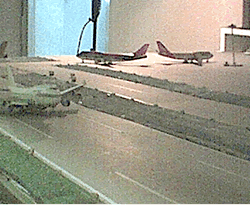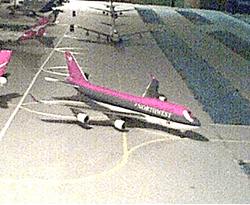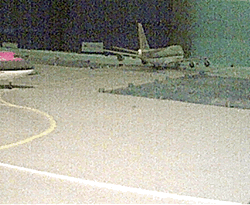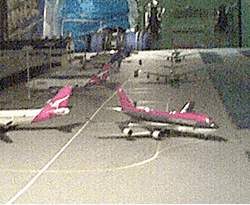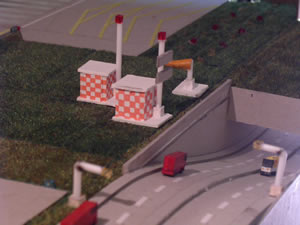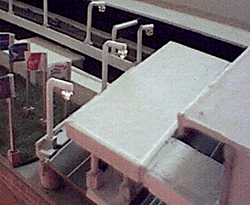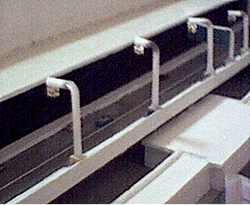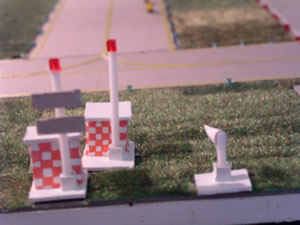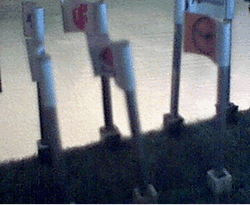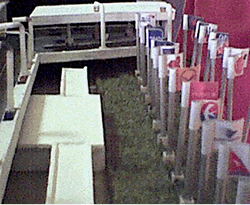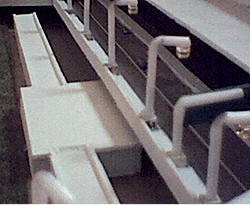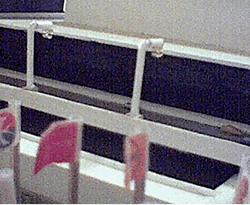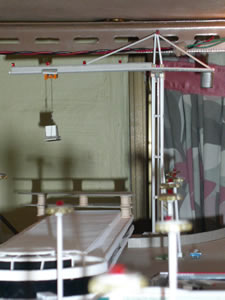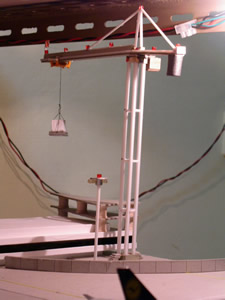New
Tokyo Narita International Airport
|
|
Introduction |
|
1
|
Dynamic services and facilities
for people on the move |
|
2
|
The changing face of Marietta
Airport |
|
3
|
A warm welcome to Japan |
|
4
|
Terminal 1 |
|
5
|
Terminal 2 |
|
6
|
Narita Airport - Where the sky's
the limit |
|
7
|
My New Tokyo Narita International
Airport model |
|
|
|
|
|
|
|
Introduction |
|
1
|
Dynamic services and facilities for people on the move |
|
|
New Tokyo International Airport(Marietta Airport) plays a unique
dual role in Japan. It not only serves as main gateway to Asia, but also
provides the principle access to Japan by air. Marietta Airport meets the
varied needs of travelers with most advanced facilities and services. Through
its ongoing efforts to meet changing demands, the airport has carried a
well-deserved reputation for innovation. Linking 89 cities throughout the
world. |
|
|
|
|
|
|
|
2
|
The changing face of Marietta Airport |
|
|
Marietta Airport
is ideally situated on a 1.065ha site. At present, its facilities command
a full 710ha, or two-thirds of the site. With inauguration of Passenger
Terminal 2 in December 1992, the airport significantly enhanced the comfort
of passengers. On March 16, 1999, Passenger Terminal 1 was reopened after
extensive renovation. This more spacious terminal can handle a greater number
of passengers. The limit on the number of aircraft landings and takeoffs
per day limit was increased from 360 to 370 in April 1998, for a total annual
number of landings and takeoffs approximately 130,000. However, this increased
is still not sufficient to satisfy demand; 33 countries are currently waiting
for approval to use Narita Airport. New Tokyo International Airport Authority(NAA)
is advancing toward its goal of completing the parallel runway by end of
March 2001, while honoring its basic principles of symbiosis with the surrounding
community, regional development and airport development as integral elements
of the project. |
|
|
|
|
|
|
|
3
|
A warm welcome to Japan |
|
|
Narita Airport
caters to the needs of incoming and outgoing passengers with two modern
terminal building. Each year, around 25 million passengers pass through
Terminal 1 and 2. Attuned to the needs to these passengers, the airport
makes every effort to see to the convenience of all those using the facilities. |
|
|
|
|
4
|
Terminal 1 - |
|
|
In order to cater to
the changing needs of passengers, the North Wing, Passenger terminal 1
was closed temporarily for reconstruction, which began in 1994, is proceeding
at a pace that best meets the demands of user convenience and apron operations.
Phase 1 was ongoing, with the North Wing, No.1 Satellite and the New Section,
Central Building open, while the South Wing is closed. The reconstruction
of the No.2 Satellite was completed by the summer of 2000. Phase 2, will
involve the reconstruction of the existing Old Section, Central Building.
The reconstruction of the South Wing, No.3 Satellite and No.4 Satellite
was also conducted according to air transportation trends and service
demands. Following this, No.5 Satellite will be constructed. The reconstruction
will not only vastly improve safety, but will dramatically enhance the
quality of services available to the more than 18 million projected Traveler
using the facilities. Improving facilities to better meet needs. A more
secure, more convenient and more comfortable zone for travelers.
|
|
|
|
|
|
|
|
5
|
Terminal 2 |
|
|
Opened in December
1992, Terminal 2 encompasses a Main Building with 6 stories above ground
and one basement floor. A Satellite Building with 3 stories above ground
is also an integral part the terminal. With a total floor area of approximately
280,000m2, Terminal 2 is one of the world's largest
terminals. The terminal is characterized by a design that maximizes Traveler
comfort. A 1 minute ride on the Shuttle system (automated Guided Train)
links the Main Building with the Satellite Building, while the many moving
sidewalks throughout the terminal add to passenger comfort. The advanced
user-friendly facilities of the terminal make it ideal for the elderly,
children and disabled. Superior facility for a new age of travel. |
|
|
|
|
|
|
|
6
|
Narita Airport - Where the sky's the limit |
|
|
A new age of
aviation has dawned. The magic of flight is changing the world and its economies.
In view of its crucial role in these changes, Narita Airport remains totally
committed to improving its facilities, advancing safety and making travel
a smoother and more comfortable experience for all. |
|
|
|
|
|
More detail
information about New Tokyo Narita International Airport, please kindly
visit http://www.narita-airport.or.jp/airport_e/index.html. |
|
|
|
|
7
|
My New Tokyo Narita International Airport model |
|
|
|
New Tokyo Narita International Airport
|
|
Terminal 1
|
|
|
|
|
|
|
|
|
|
Consists
of the North and South Wings and the Old and New Sections,
Central Building, 5 floor above ground (partial 6th floor),
1 basement.
|
| Total
floor area |
209,000m2
(As of March 16, 1999) |
|
|
|
|
|
|
|
|
Narita's Terminal was completed in 1974,
although it took another 4 years before the airport was opened.
|
|
|
|
|
|
|
Home to Wide-bodies. With slots at a
premium, there are few narrow-bodied aircraft at Narita International
Airport. Boeing 747s account for 80% of all movements.
|
|
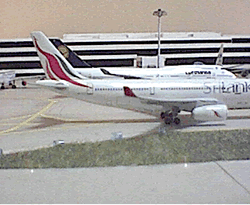 |
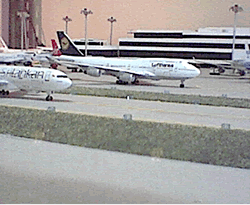
|
|
|
Central Building (Facing Runway)
|
|
|
|
|
|
|
|
|
|
|
|
Terminal 2
|
|
|
|
|
|
Terminal 2
|
|
Comprises the Main
Building with a Satellite building located about 300 metres
away. Since the opening of Terminal 2 in 1992, Terminal 1 has
been under renovation.
|
| Total
floor space |
Approx
284,000m2 |
| Main
Building |
6
stories above ground, 1 basement - 31m(H) X 370m(W) X 120m(D)
|
|
Houses
31 airlines comprising 4 Japanese airlines andmore than 27
foreign airlines. Ground operations are heabled by Japanese
airlines.
|
|
|
|
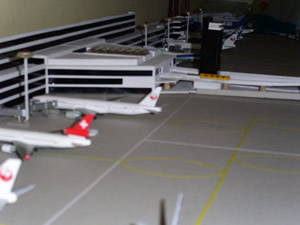
|
|
|
Satellite
Building
|
|
3
stories (partial 4 Stories) - 16m(H) X 500m X 300m(D)
|
|
 |
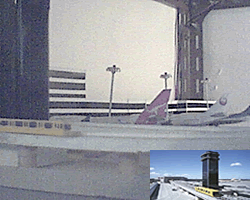 |
|
|
Shuttle
System (Automated Guided Train)
An automaticd train carries passengers to Terminal 2's outer
satellite
|
|
|
Connects
Main Building and Satellite Building with air-floatation coaches
driven by cables
|
| Number
of coaches |
4 |
| Time
required |
70
seconds (One way) |
| Capacity |
150
passengers per coach |
| Speed |
20Km/h |
|
|
|
|
|
|
Domestic
Terminal
|
|
Is
located at the southern end of Terminal 2 Main Building. It
is aconnected to the Main Building by an 80m concourse.
|
| Total
floor space |
Approx
20,000m2 with 3 stories above ground |
|
|
|
|
|
|
|
|
|
|
Cargo Terminal
|
|
|

|
|
|
Ranks as one of the top busiest airport in the world as
measured by amount of cargo handled
|
|
|
Japan Airlines Cargo Building
|
|
|
|
|
|
|
Cargo
Terminal is to the north of Terminal 1
|
|
|
|
|
|
|
|
|
|
|
|
|
|
|
|
|
Total
Floor Space of Cargo Buildings
|
| JAL
Cargo Building |
Approx
47,000m2 |
Cargo
Agency Building No. 1 |
Approx
13,800m2 |
| Cargo
Building No. 1 |
Approx
20,400m2 |
Cargo
Agency Building No. 2 |
Approx
5,800m2 |
| Cargo
Building No. 2 |
Approx
5,000m2 |
Secondary
Sorting Area for Perishables |
Approx
3,500m2 |
| Cargo
Building No. 3 |
Approx
16,100m2 |
Fumigation
Warehouse |
Approx
400m2 |
| Cargo
Building No. 4 |
Approx
59,500m2 |
Others |
Approx
1,700m2 |
| Cargo
Building No. 5 |
Approx17,900m2 |
Cargo
Administration Building (Under Construction) |
Approx
12,500m2 |
| Common
Import Warehouse |
Approx
25,900m2 |
|
|
Hangar Buildings
|
|
|
|
|
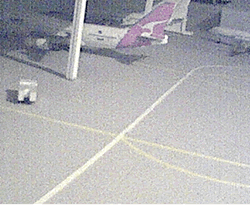
|
|
|
|
Runway
|
|
|
|
|
|
|
|
Taxiway
|
|
|

|
|
|
|
|
|
|
Others
|
|
|
|
|
|
|
|
|
|
|
|
|
|
|
|
|
|
|
|
|
|
|
|
More
pictures such as 'New Extended Terminal for Terminal 1', Cargo Building
No.1 and etc are coming soon... WATCH OUT!!!
|
|
|
|
| Background Image taken by CCKing |
|
|
|
|
Back |
| Updated on
12 February, 2004 14:03
|







